Start 14-Day Trial Subscription
*No credit card required

17 Great IPA Breweries
Since the arrival of Heady Topper in portable cans in 2011, the era of the IPA dominated by bitter acid hops has given way to the “lock and load” hazy IPA defined by large helpings of aroma hops in opaque beers. Those IPA breweries who have skillfully navigated this new era of unfiltered liquidity (pun intended) include some of the best-known beer emporiums to have emerged during craft’s explosive expansion to more than 8,000 breweries.
In the second decade of the 2000s, when the success of large regional brewers presented a challenge for smaller brewers seeking to break out, along came a unique IPA in Vermont loaded with aroma hops and delivered in a style that showcased New World hybrids developed in the Pacific Northwest and Australia/New Zealand.
John Kimmich first advised to “DRINK FROM THE CAN” in 2011, when he began producing tall-boy versions of the IPA that he had perfected at The Alchemist brewpub in Middlebury, Vermont. In 2011, fanatic followers no longer had to sneak Heady Topper out of the pub by pouring draft beers into various devices in the restrooms. A new location hastened by a flood at the pub meant aficionados could pick Heady up by the case at the brewery/canning operation or find fresh versions of Heady on shelves in Vermont, if they were lucky to get there first.
Before canning helped create a flood of out-of-state beer hunters, Kimmich’s landmark approach was already being transformed into “Vermont IPA” by other brewers in the state before the style became known as the New England IPA. The bold yet not bitter IPA may have been dubbed “non-IPA” by traditionalists, but more than a few breweries established themselves by introducing IPAs that were big, bold and engaging to all beer drinkers due to prodigious tropical/citrusy hop aroma and flavors, a pillowy mouthfeel and slight sweetness in place of bitterness.
Here are our choices for the top breweries that emerged as IPA-centric once the haze craze created a boom in breakout organizations willing to fully embrace the new wave. While there was a raft of data scouted on this highly enjoyable trip through redolent bursts of aroma and white foam peaks, the key criteria are either a predominance of IPAs on the menu, a dedication to the style or a “breakout” led by IPAs. If your favorite nearby watering hole and its outstanding, if not astounding, IPA are not included, it likely suggests the brewery might be truly local or is dedicated for the sake of sales to a wider variety of styles beyond the usual side project embrace of sours, stouts, barrel-aged beers and hard seltzers.
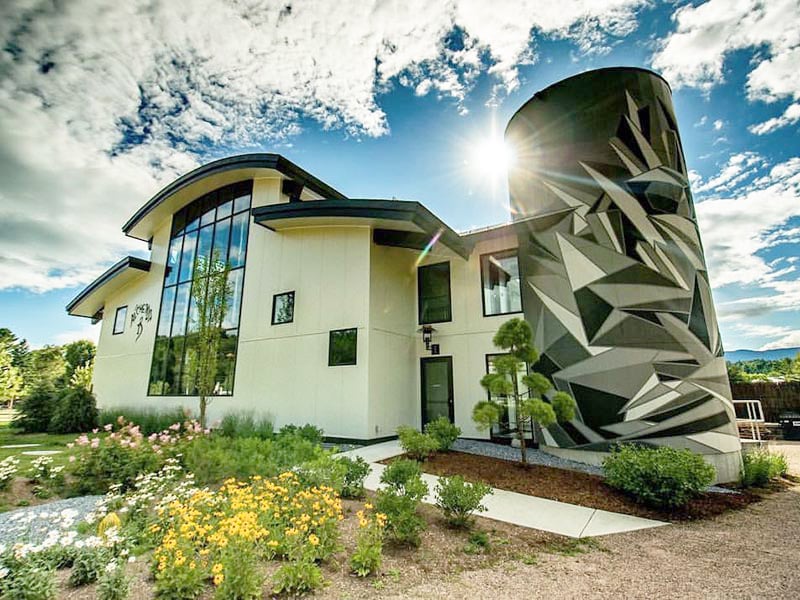
The Alchemist
Stowe, Vermont
John Kimmich, who launched his brewpub with wife Jen, continues to enjoy satisfying the demand for Heady Topper, as well as its popular cohort Focal Banger. He freely admits to adjusting the recipe according to which hops in the annual crop he finds most compelling and, perhaps as importantly, continues to limit annual production to around 10,000 barrels. What Kimmich and others are still shy about discussing is the use of biotransformation to greatly enhance the hop-derived aromas. Many of the breakout brewers who have followed have focused primarily on dry hopping in volume to achieve the desired goal where Kimmich’s exploration of generating more aroma with relatively fewer hops continues to be the charm of what is arguably one of the world’s landmark beers.
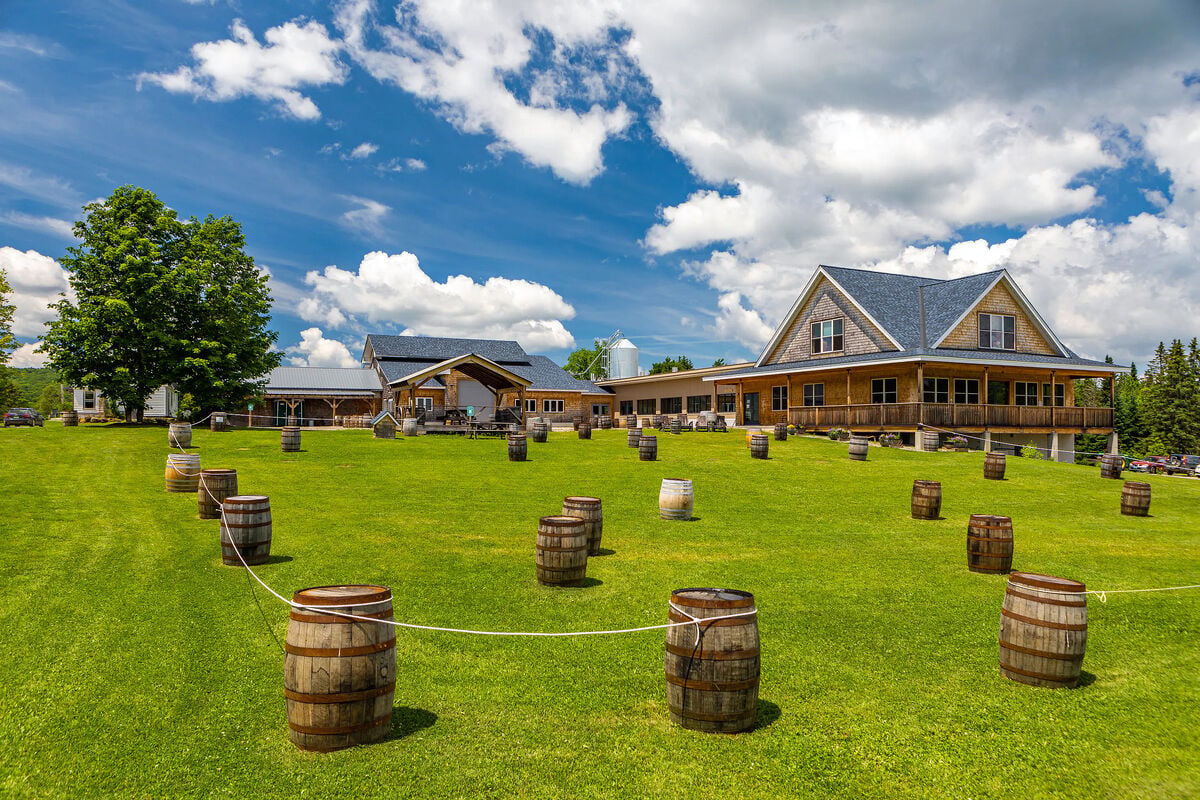
Hill Farmstead Brewery
Greensboro Bend, Vermont
Edward, an American pale ale, followed in the wake of Heady Topper and became one of the most popular, if not finest, pale ales ever produced. Having placed a stake alongside the seminal Sierra Nevada Pale Ale that launched American craft, founder Shaun Hill was also quick to emphasize a variety of IPAs at his family farm converted into a “from-our-back-door” brewery. Hill was brilliant in not only his exploration of dry hopping during fermentation and achieving the burst of hop aromas in an unfiltered, soft-on-the-palate brew, but he also helped pioneer the marketing concept of constant new variations on the IPA theme. This produced a non-stop stream of devotees at his back door, some of them sleeping in their cars to be first in line, and online, where Hill Farmstead became a perennial pick as the best brewery on RateBeer.com.

Modern Times Beer
San Diego, California
The question quickly arises, how did an IPA specialist in San Diego County, which produces more hoppy beers per capita than any place on earth, manage to quickly break into the BA’s Top 50 craft breweries in terms of volume? Quickly recognizing the New England Style was an invitation to getting more hops into each barrel through dry hopping, the management at Modern Times (employee-owned since 2017) embraced every conceivable method of spreading what is admitted to be a hedonistic lifestyle approach to brewing. Modern Times quickly took advantage of California’s law allowing satellite tasting rooms and the result was a bevy of latter-day cool and psycho-modern tasting rooms/eateries such as The Dankness Dojo (LA), The Academy of Recreational Sciences (Santa Barbara) and Leisuretown (Anaheim). The latter is an aquatic center, believe it or not.
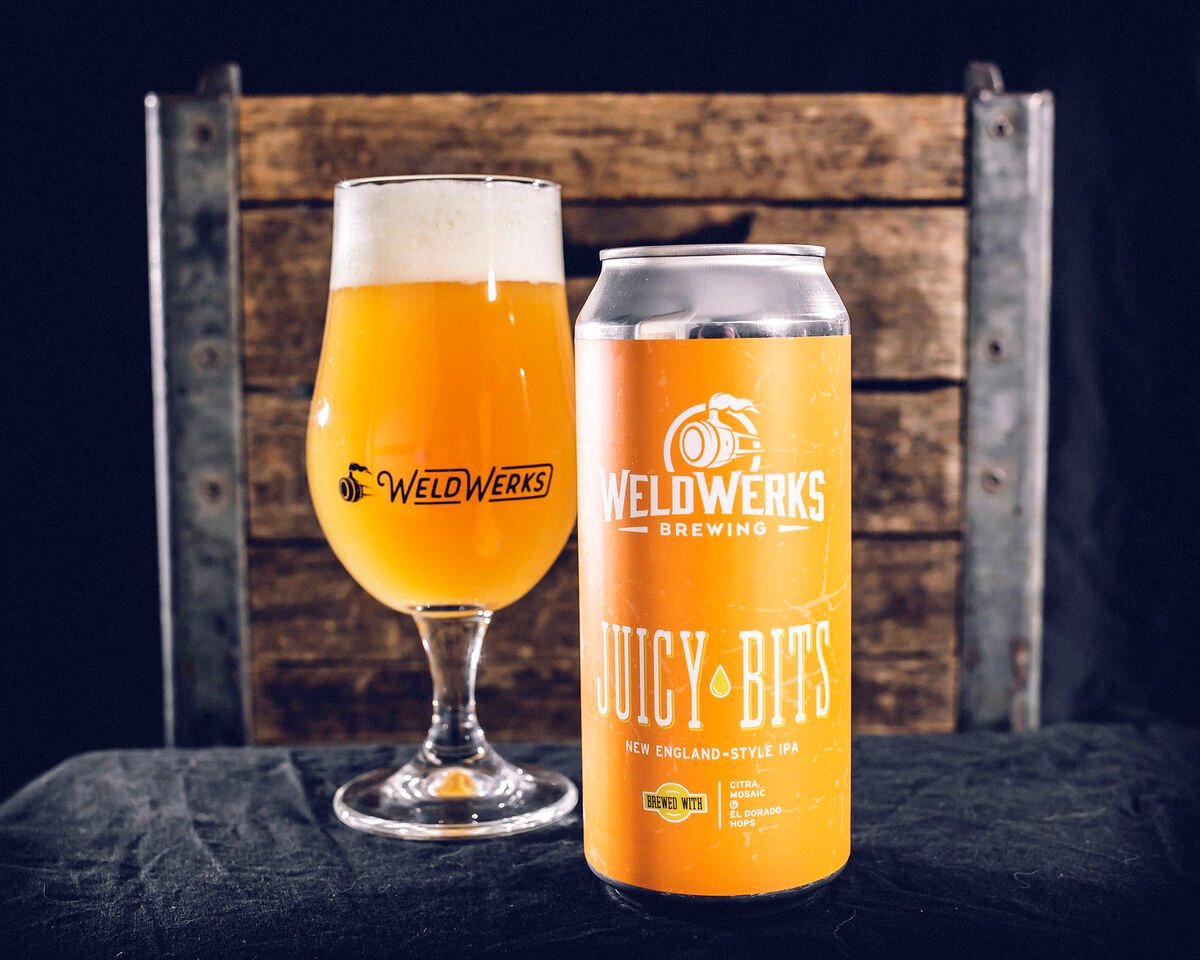
WeldWerks Brewing Co.
Greeley, Colorado
There is possibly no greater devotee of the introduction of biotransformation to brewing by John Kimmich (originally a wine industry undertaking) than Neal Fisher. On the outskirts of the Front Range tradition in Colorado, where there was plenty of “not an IPA” response to those that were hazy, Fisher quickly established his Greeley-based brewery at the forefront of the ever-changing IPA movement with medal-winning Juicy Bits IPA and its multiple derivatives. An award-winning homebrewer out of his garage for many years, Fisher has a knack for winning medals and for sharing his story with brewers and homebrewers.
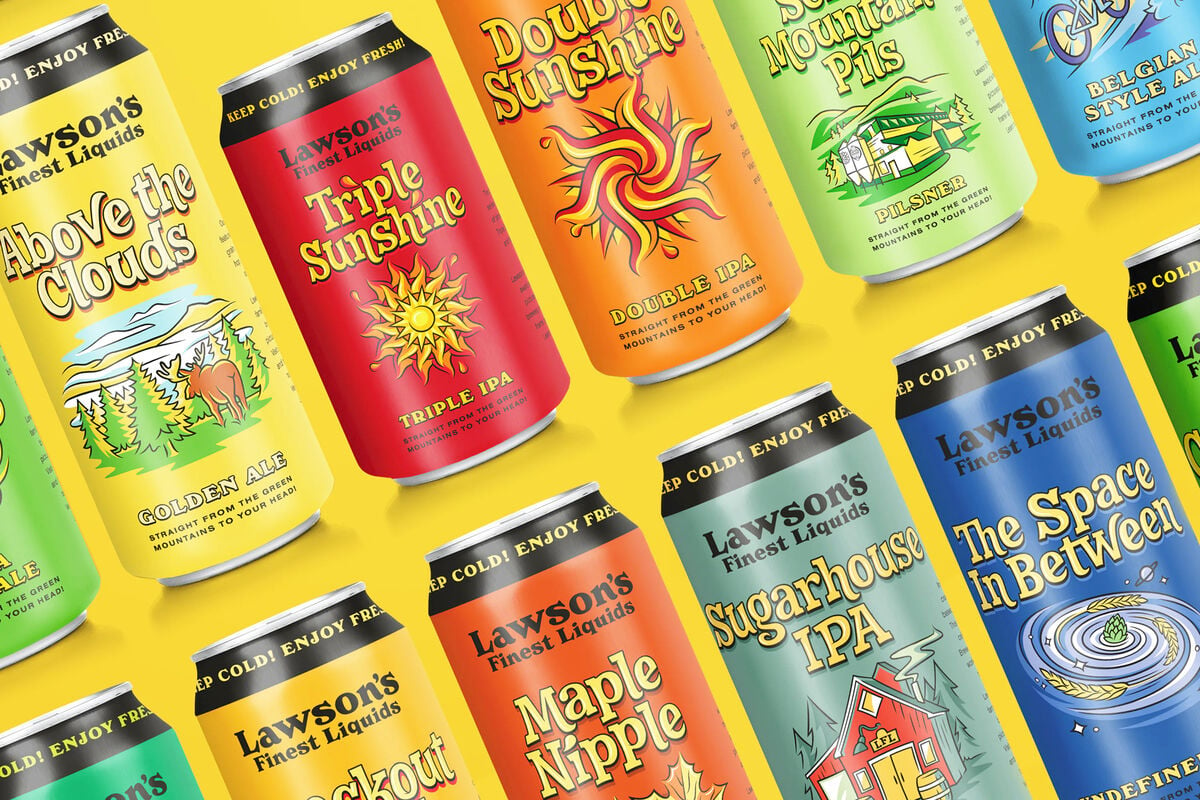
Lawson’s Finest Liquids
Waitsfield, Vermont
Before there was a bevy of upstart New England brewers focused on hazy IPAs, Sean Lawson helped spread the word in his home state of Vermont. Ironically, Lawson brewed in an old sugar shed adjacent to his house outside of Warren, located at the end of a long driveway, and relatively few knew in which location A Sip of Sunshine actually originated. In addition to the classic explosion of hop aroma, this IPA stood out because Lawson was the first to exploit the glowing appearance of an unfiltered IPA to encourage notoriety. His alternating proprietorship with Two Roads Brewing Co. in Connecticut led to becoming the first of the founding “Vermont IPA” brewers to expand outside the state.
Courtesy of Select Design
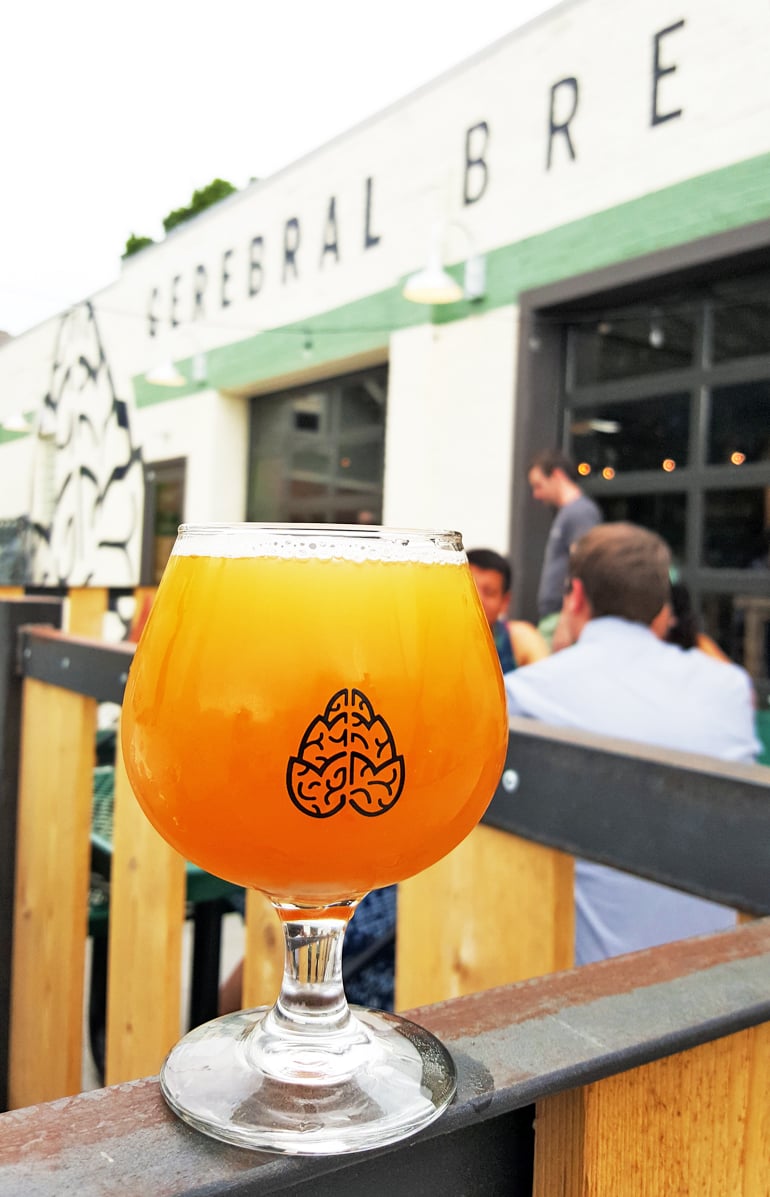
Cerebral Brewing
Denver, Colorado
More so than other brewers on our list, Cerebral might prefer not to be on it. Launched in Denver in 2013 with a theme of a scientific approach to beer, Cerebral has been one of the few in this bastion of craft, other than Odd 13, to cast its lot with hazy IPAs. Despite the Boulder-based Brewers Association endorsement of the “Juicy or Hazy” style and the huge volume of entrants in this IPA and Double IPA category at the Great American Beer Festival, the Front Range of Colorado generally remains unimpressed, if not antagonistic, toward what many consider something other than an IPA. But any craft devotee in Denver can quickly confirm that Cerebral is the place to get a hazy if that’s your hankering.
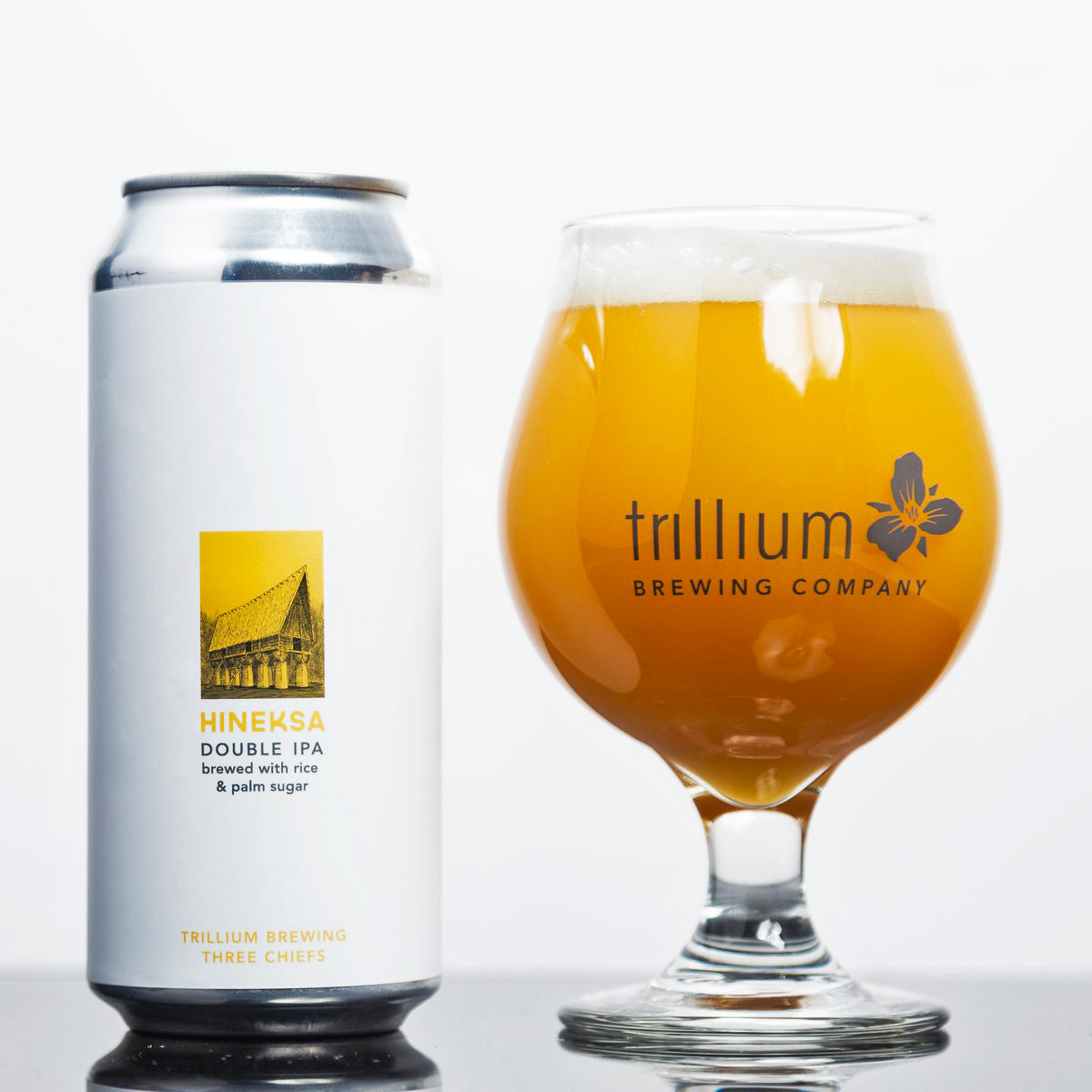
Trillium Brewing Co.
Boston, Massachusetts
When Jean-Claude and Esther Tetreault, who served homebrew at their wedding, first opened their brewery in Boston, little did they realize that within a few years they would be managing close to 300 employees at several locations including pop-ups, which at times has proved more challenging than brewing an ever-evolving list of carefully drawn IPAs. The first to bring the idea of exploring hop varieties on an almost daily basis to a major population area, the brewery and its heavily followed Mettle series have benefited hugely from Massachusetts laws that place no limit on how much canned beer can be dispensed from tasting rooms, where the lines were perennial at the Fort Point brewery. Since Boston Beer was launched and sustained by massive contract brewing, Boston’s only real “own premise” brewery was Harpoon before J.C. and Esther prevailed in finding a suitable space in the city’s highly competitive real estate market. It helped that the original location is not far from Logan International Airport. The rest is, well, New England history.

Tree House Brewing Co.
Charlton, Massachusetts
Originally located near Springfield, Massachusetts and not far from the border of Connecticut and Rhode Island, the pastoral setting of Tree House’s first brewery helped set the scene for insanely juicy and hoppy hazies. Co-founder and head brewer Nate Lanier and his partners opted for steady growth based on the now world-famous Julius as well as Green IPA. They were selling 12,000 barrels per annum three years after opening in 2012 before optimizing tasting room sales and jumping to 30,000 plus. If ever there was a model for focusing on core beers and the original concept—"curating an environment of solace”—Tree House, which has opened a significantly larger brewery and tasting room in the woods near Charlton, is the champion.
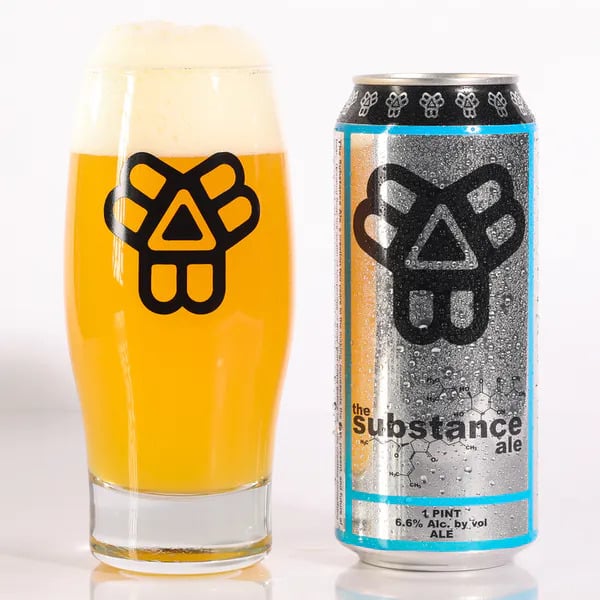
Bissell Brothers Brewing Co.
Portland, Maine
Established in a city densely populated with breweries, Noah and Peter Bissell opened their eponymous business in Portland, Maine in 2013 with an eye on changing the perception of beer in general and IPAs specifically in the hometown of some well-known and established craft favorites. Their flagship, The Substance, was introduced as an ale, perhaps with an eye on carefully introducing their new approach to IPA. Their hazies generated enough interest to enable an expansion in 2016 to a new location, aided by establishing a small distribution company as well. While a couple of brothers up the road near Freeport at Maine Beer Company, Dan and David Kleban, have also helped to establish the new approach to IPA in the state, the Bissells have been more aggressive with both their IPAs and their push to introduce them to the world.

Breakside Brewery
Portland, Oregon
Opened in Portland, Oregon the same year that portable cans of Heady Topper arrived in Vermont and launched the unfiltered, hazy revolution, Breakside stands out because its IPA is made in the classic West Coast mold and remains an antithesis to New England IPA. With its floral and tropical aroma in a balanced beer, Breakside has triumphed over the last decade in one of the founding cities of craft, which has experienced more than its share of closings. This confirms that a classic IPA can continue to not only hold its own but actually create a halo for an entire brewery. It further confirms the complicated, beguiling and charming nature of IPA itself.
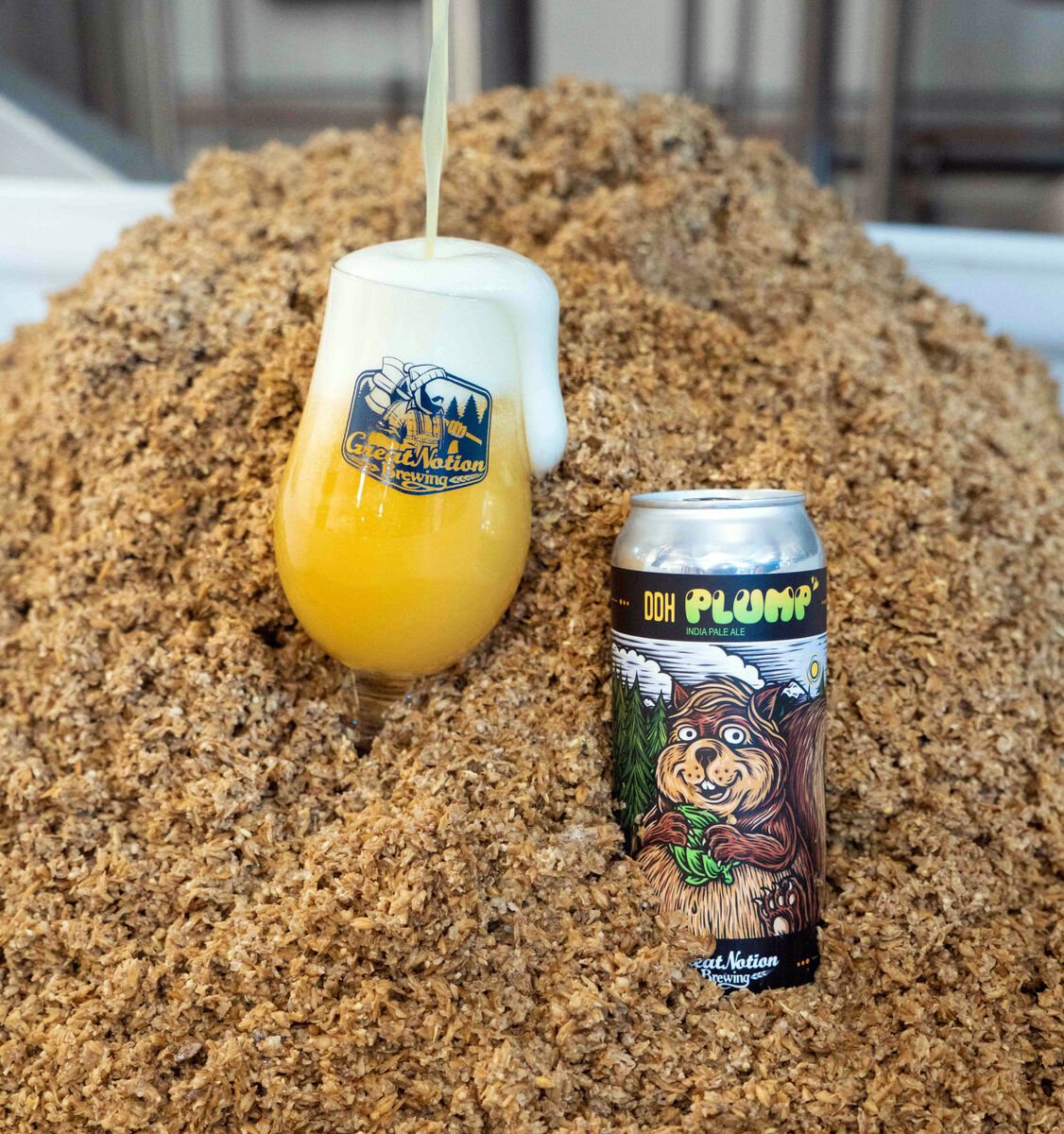
Great Notion Brewing
Portland, Oregon
With a name reminiscent of a classic Pacific Northwest novel, Great Notion elected to flash the proverbial single finger salute featured on a dismembered arm in Ken Kesey’s story to those who chose to ignore the New England IPA. Launched in 2016, a memorable year for breakouts outside of New England, Great Notion is decidedly Portlandia in its humorous and engaging online app. But Ripe and Over Ripe are classic Northeastern in their approach to IPA and executed well enough to compete on a national scale in contests. Yes, Great Notion is not producing huge volumes, nor is it hung up on IPAs given their pastry beers. But they broke out in a very discerning market by emphasizing hazies.
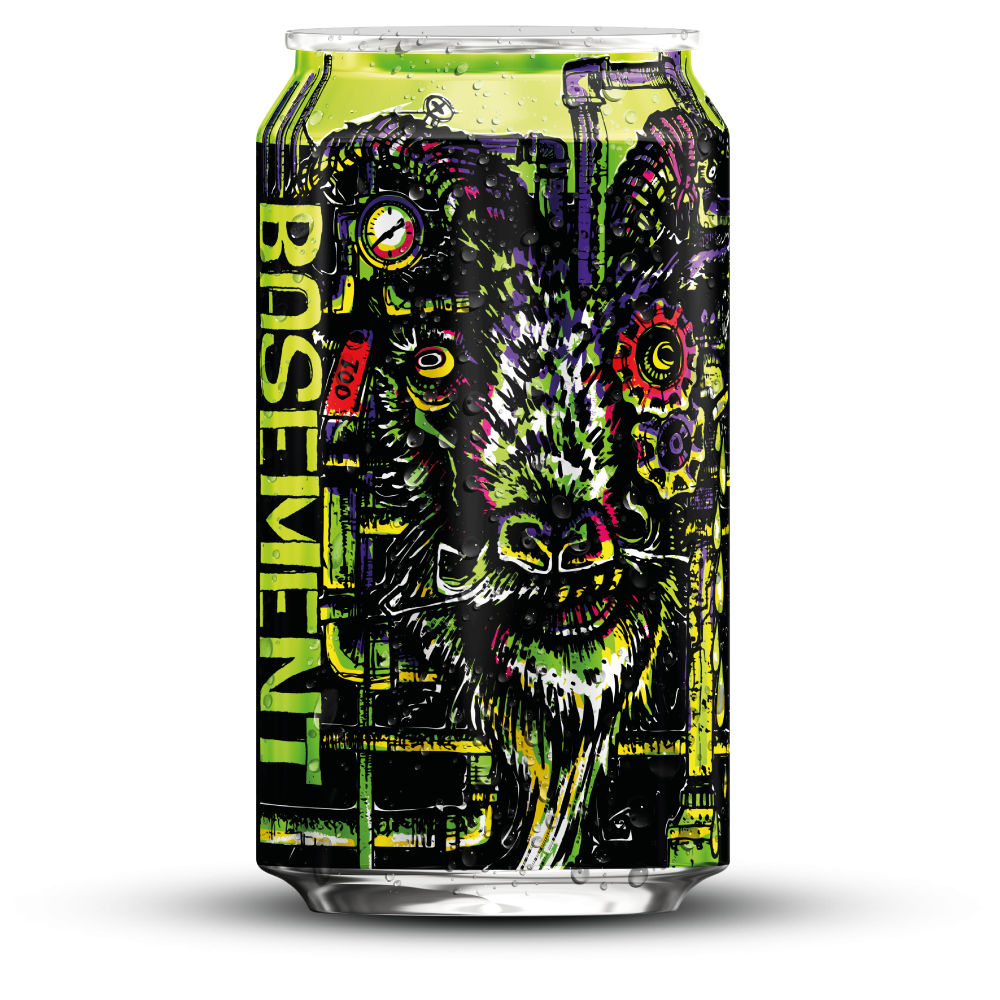
Scofflaw Brewing Co.
Atlanta, Georgia
Sometimes less is more and the flagship Basement IPA of this Atlanta-based brewery became a standout in the rush in the Southeast to get to the front of the haze craze. Although it satisfies the urge for a hoppy beer with a resinous underpinning and it is unfiltered, Basement is not classically West Coast nor is it an opaque or overloaded hazy. This IPA defies description in terms of any one school thanks to Citra hops and the originality of brewer Travis Herman. Owner Matt Shirah sometimes brashly lives up to the name of the brewery co-founded with Herman, but his $250,000 funding of hospitality workers throughout the state during the pandemic through packaged sales has helped secure his craft community credentials. Nearby Creature Comforts in Athens may have become a Top 50 brewer on the back of its flagship Tropicalia IPA, but after starting up two years later, rapidly growing Scofflaw continues to lead the IPA-specific train in the Southeast.
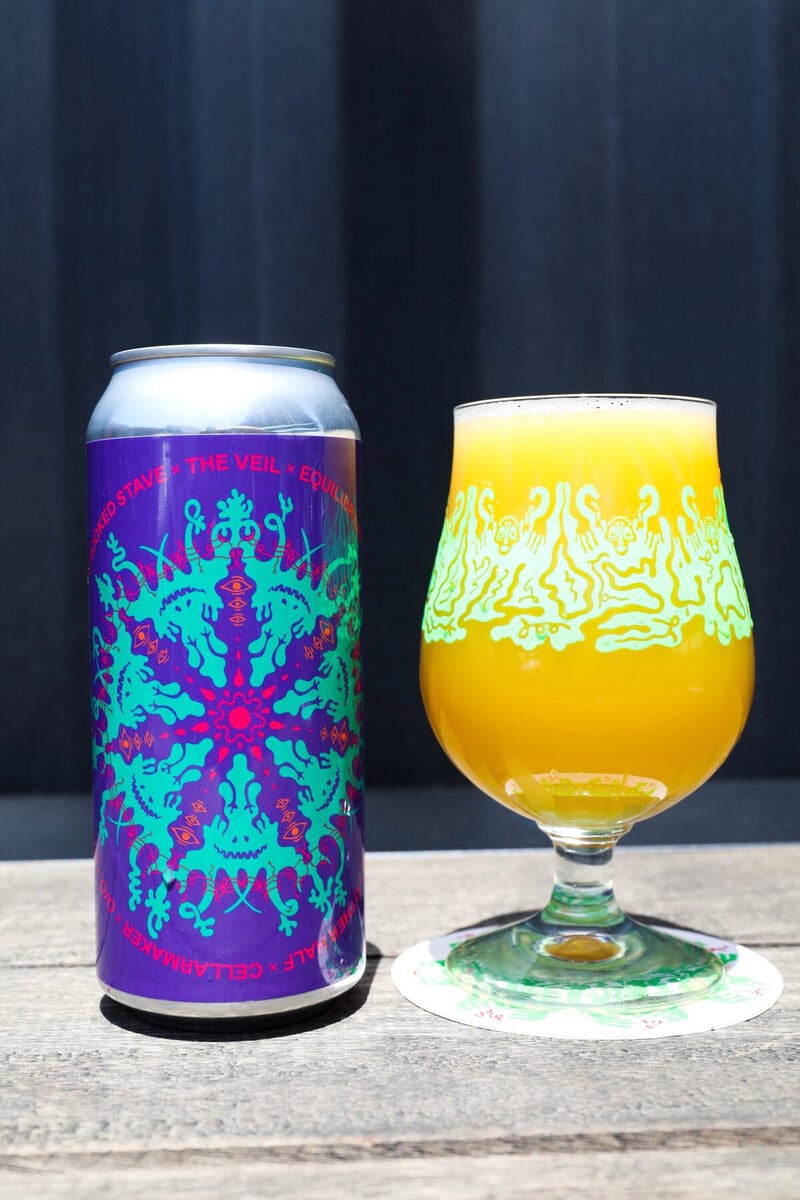
The Veil Brewing Co.
Richmond, Virginia
This brewery helped pull the veil off of Richmond, Virginia’s cultural cool by creating a showcase brewery and taproom redolent with sophisticated IPA. Its name may be derived from the spontaneous process that produces a thin film atop a fermenting batch of wort in a coolship. But in addition to his Belgian expertise, head brewer and co-founder Matt Tarpey brought impeccable Vermont IPA credentials. One thing learned while working at The Alchemist was the value of canning fresh IPAs to preserve their remarkable aroma, which started at The Veil from Day 1. The idea of giving followers an easy way to carry beer away from the source, learned during Tarpey’s days at Hill Farmstead, is a sales strategy that has coincided perfectly with lights-out aromas emanating from the protected confines of a can.

Triple Crossing Beer
Richmond, Virginia
If The Veil helped carry Richmond’s beer reputation out of state, Triple Crossing has helped sustain RVA’s love of cutting-edge IPAs. (No wonder Stone Brewing found Richmond an inviting location for its East Coast expansion.) Named for the only crossing of three major rail lines in the U.S., Triple Crossing’s founder Jeremy Wirtes opened his brewery in 2014, two years before financially well-backed The Veil. Triple Crossing quickly won over the city where virtually any bar or restaurant featuring draft beer put Falcon Smash or the double dry-hopped version on tap. Wirtes, whose parents worked and lived in Germany before they became home brewers, then expanded by canning Falcon Smash, adding tasting room locations and adding a focus on lagers.

Bearded Iris Brewing
Nashville, Tennessee
There’s a lot to be said for being the first to serve hazy IPAs in your town, in this case from the light industry section of Nashville uptown from Music City’s downtown. This brewery was launched in 2016—the same year as Scofflaw and The Veil—by three friends deep in beer knowledge but without any commercial brewing experience. Bearded Iris was named for a variety of the Tennessee state flower that has many hybrid variations – much like IPAs with variations on a hazy theme. (If that sounds familiar, consider the Trillium species of flowers…) Like many brewers on our list, Bearded Iris explores other styles but is fundamentally committed to the New England IPA with brews like Homestlyle and Double Vision and its DDH variants.
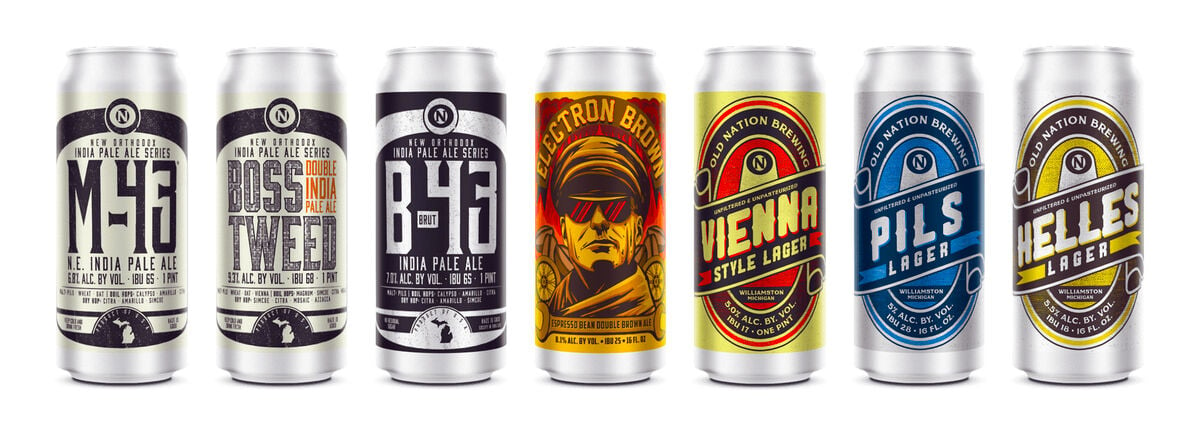
Old Nation Brewery
Williamston, Michigan
The model in the Midwest for hazy IPA has been to add them to an existing line-up. In Chicago, for instance, the city of Big Shoulders is dedicated to being the crossroads of all that is good in America, particularly in the music and culinary arenas, which for brewers means avoiding identification with one particular beer style. Revolution, despite a long line of IPAs for example, has always sought to be recognized for other styles. Well-established Old Nation, located in little Williamston, Michigan near Lansing, by contrast, became a national brand by introducing shelf-worthy, heavily dry-hopped hazies like Boss Tweed. Iowa’s Toppling Goliath, which launched with its pale ale Pseudo Sue and sought-after barrel-aged stouts, followed a similar model by later introducing King Sue IPA to help it break into the Top 50 list of the BA.
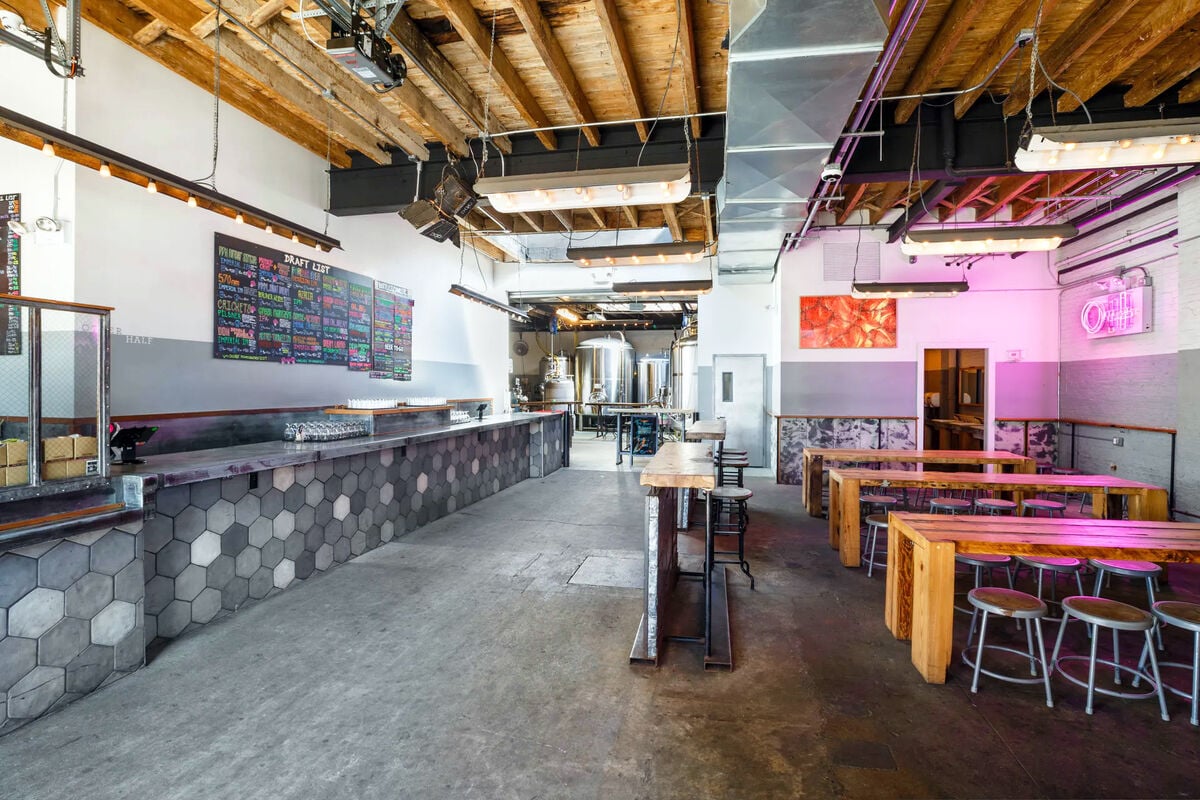
Other Half Brewing Co.
Brooklyn, New York
New York City remained conspicuously absent on the list of cities in the Northeast producing juicy or hazy IPAs until Other Half took up the cudgel in Gotham. Perhaps this was because NYC found itself at the heart of the craft brewing meltdown in the mid-1990s, which left many wary of introducing any beer considered radical or well done but not mainstream. On the other hand, droves were driving more than 200 miles from the city’s environs to Vermont in search of Heady Topper once it became available in cans. Based in Brooklyn, Other Half continues to pursue an extensive line-up of chewy, double-hopped IPAs (such as Spinach) along with a second location in Washington, D.C.



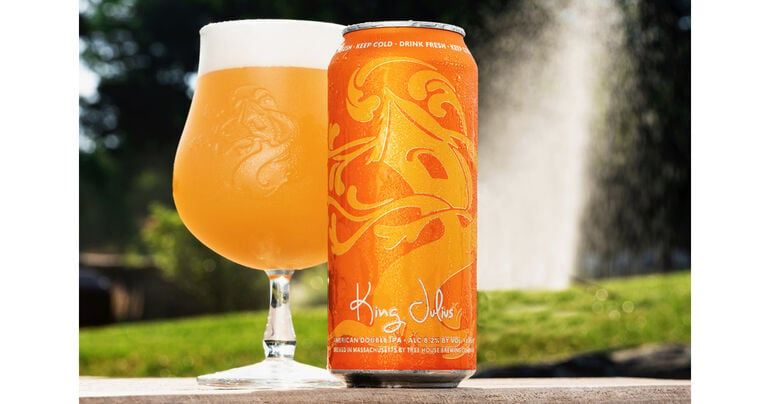
Comments